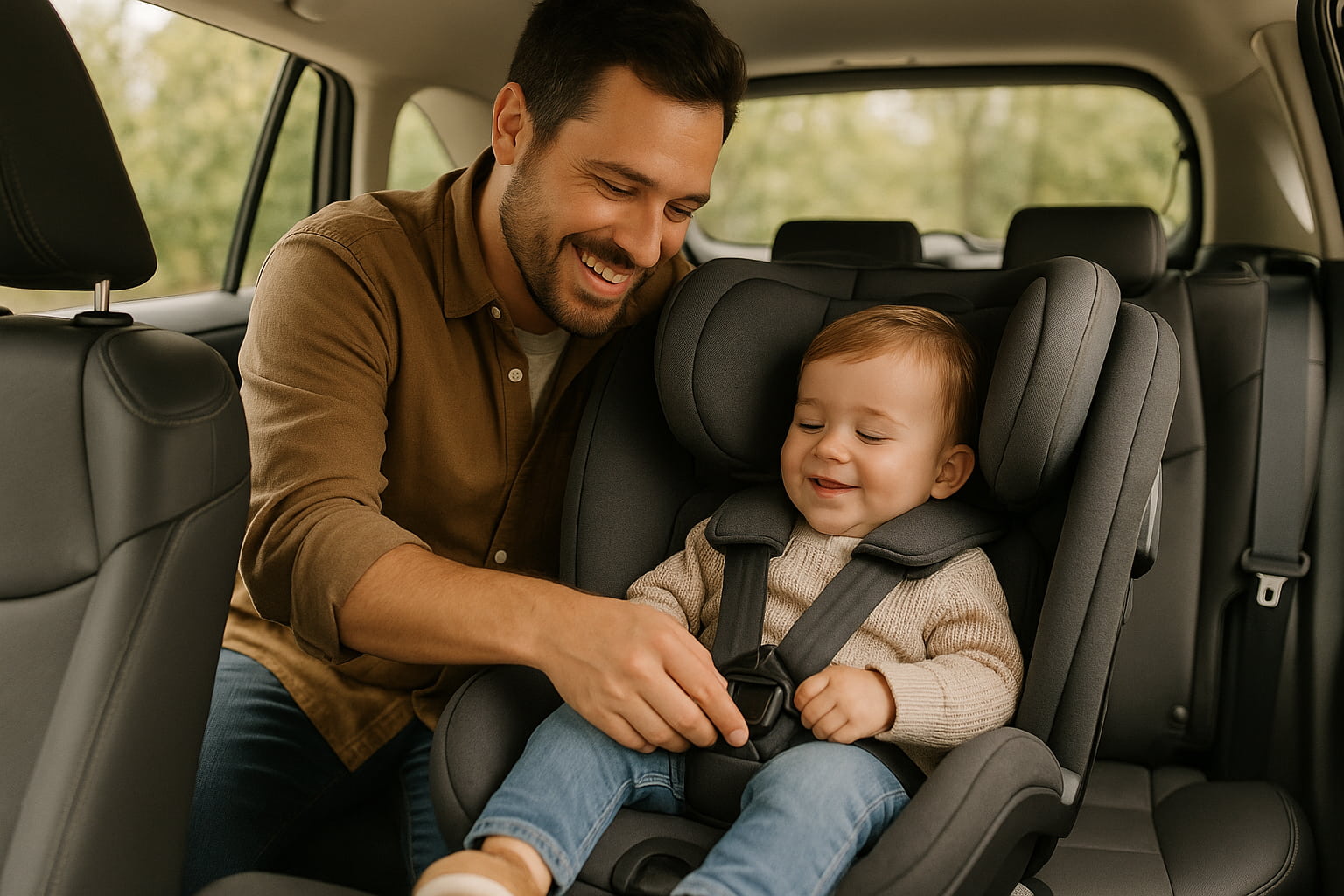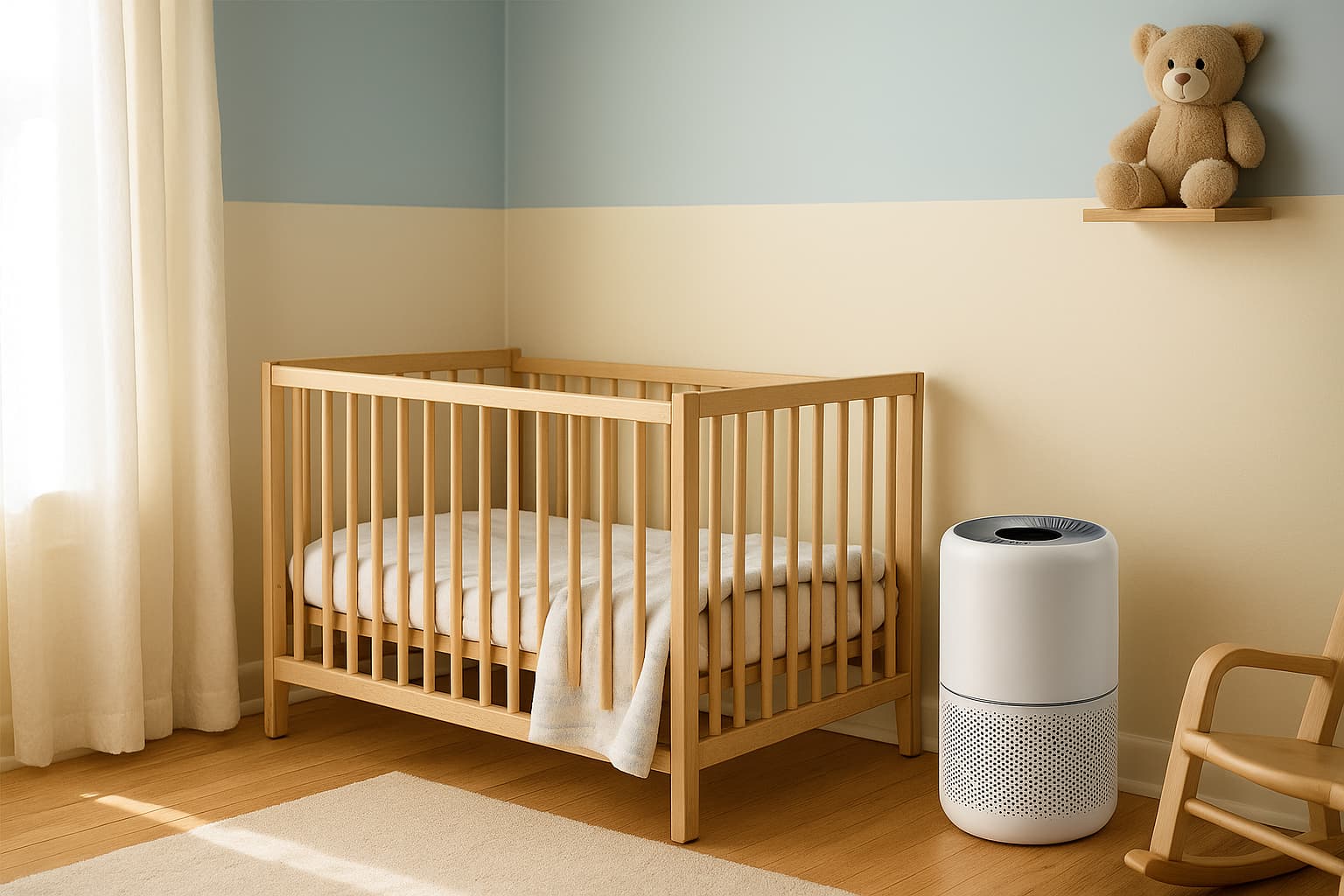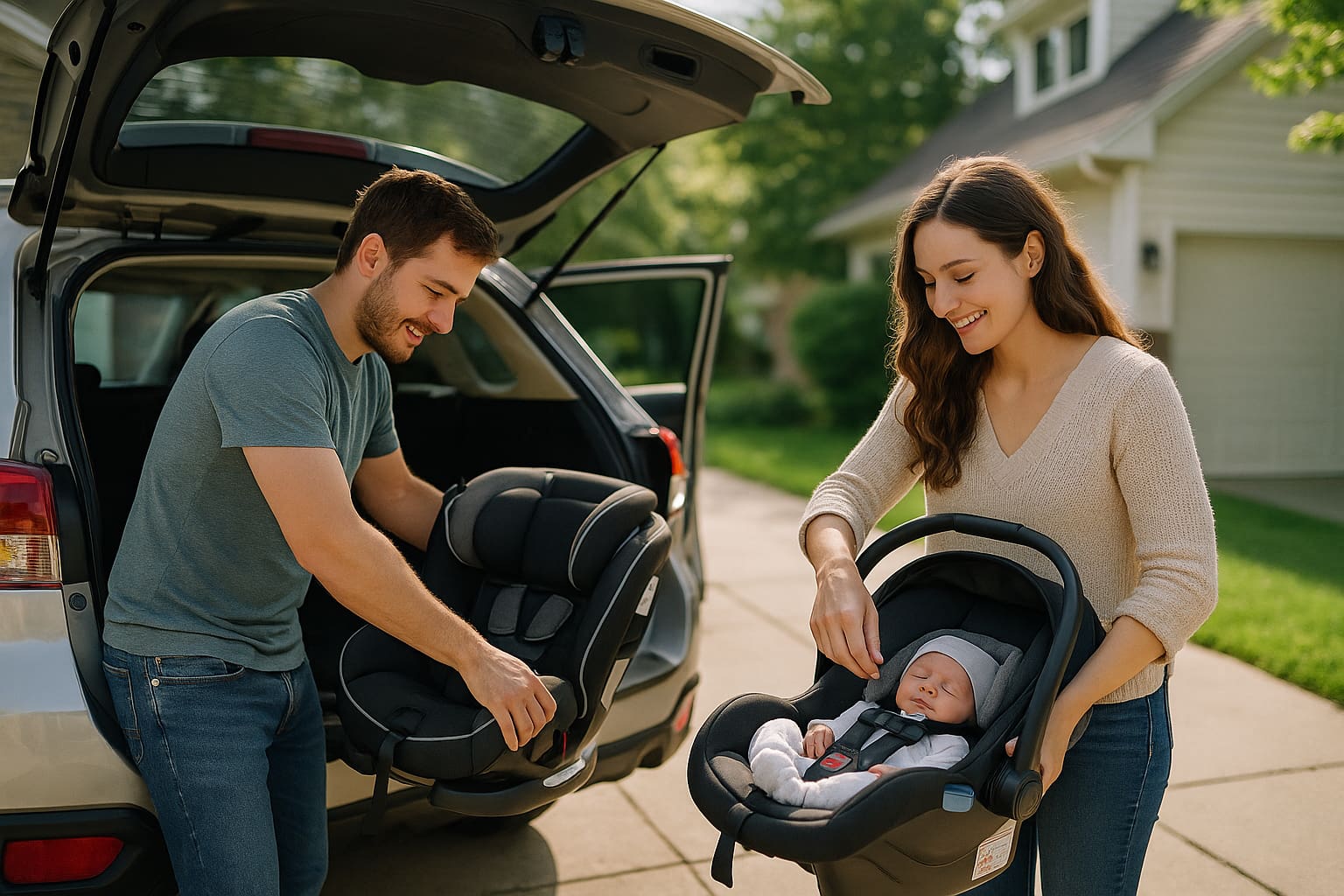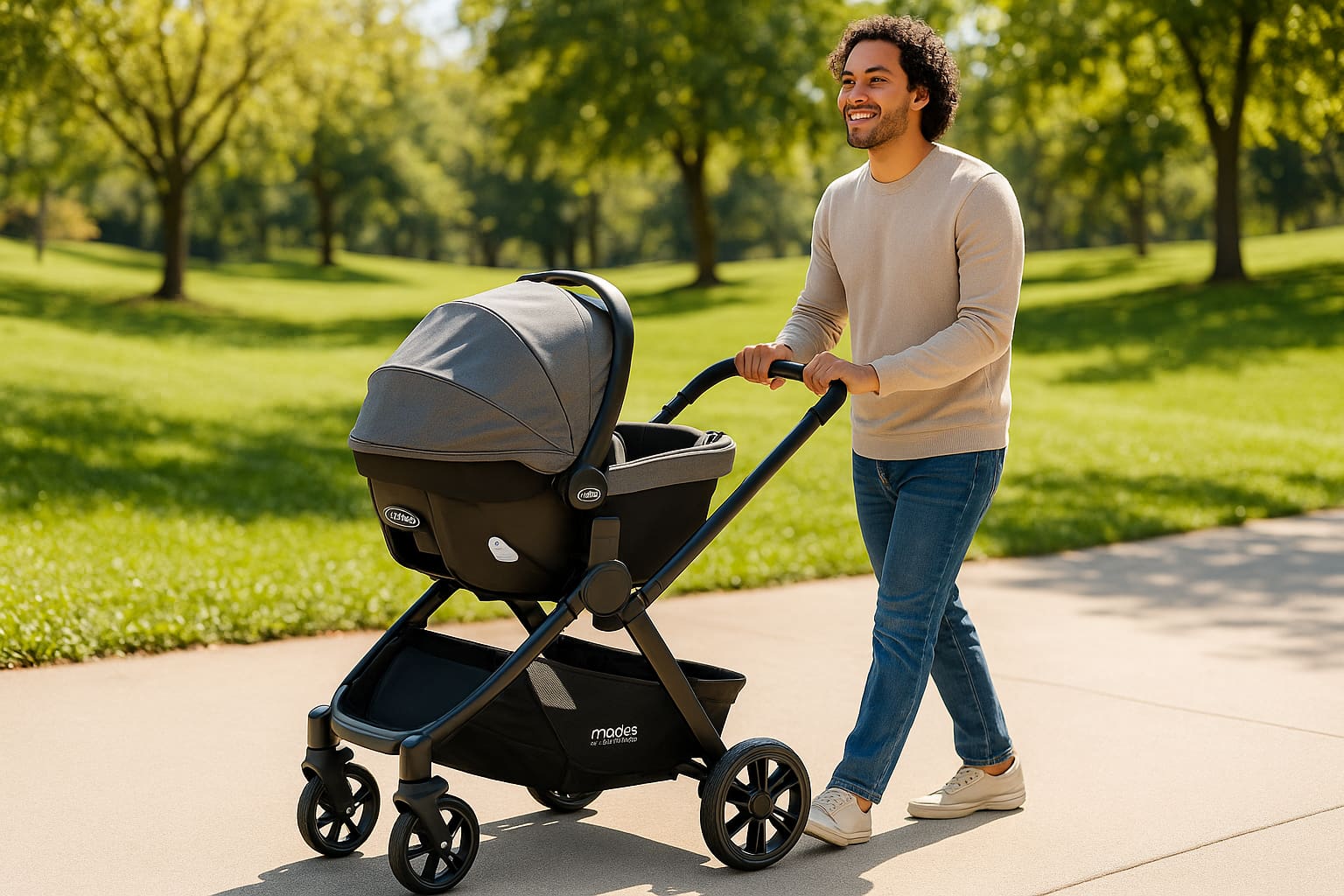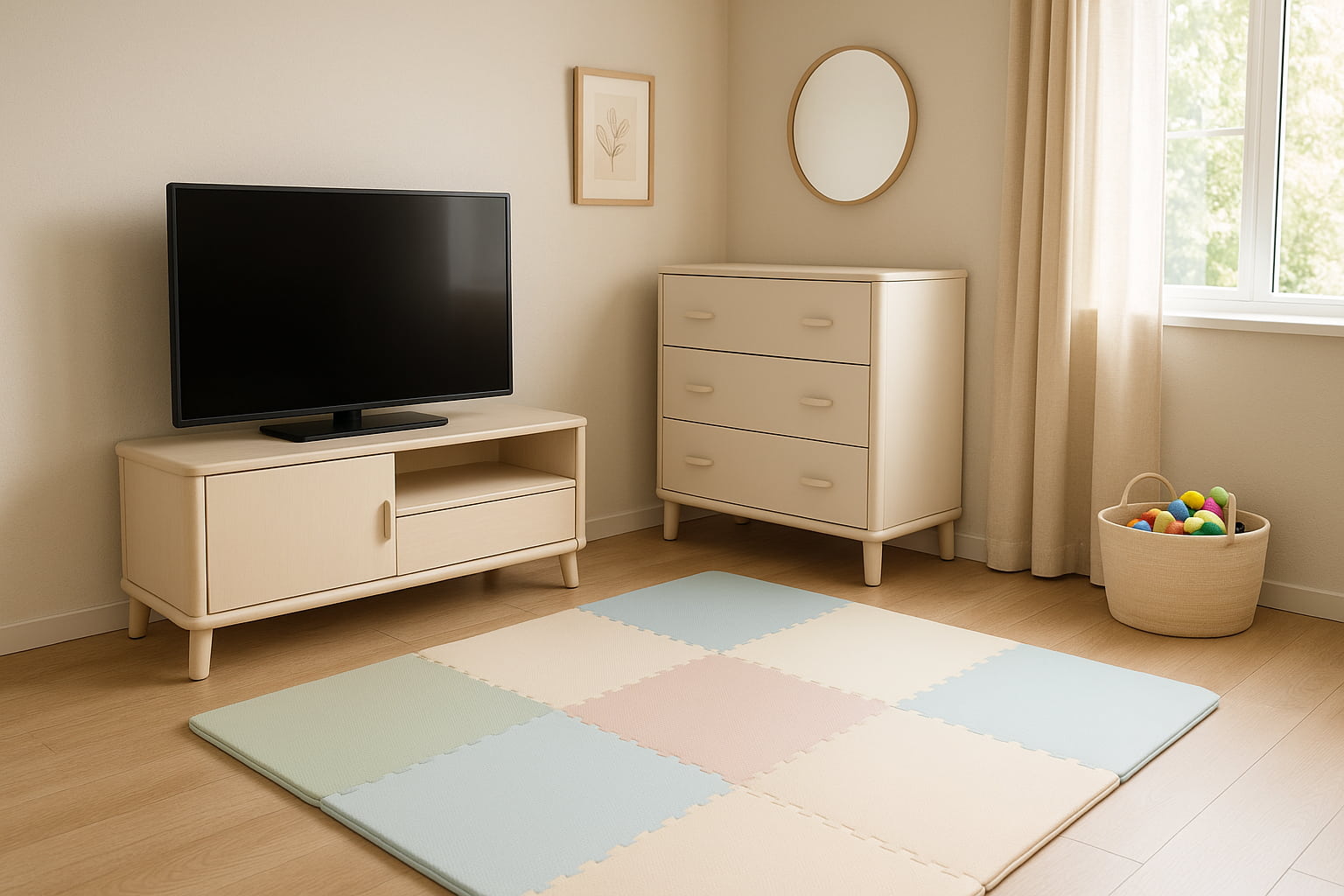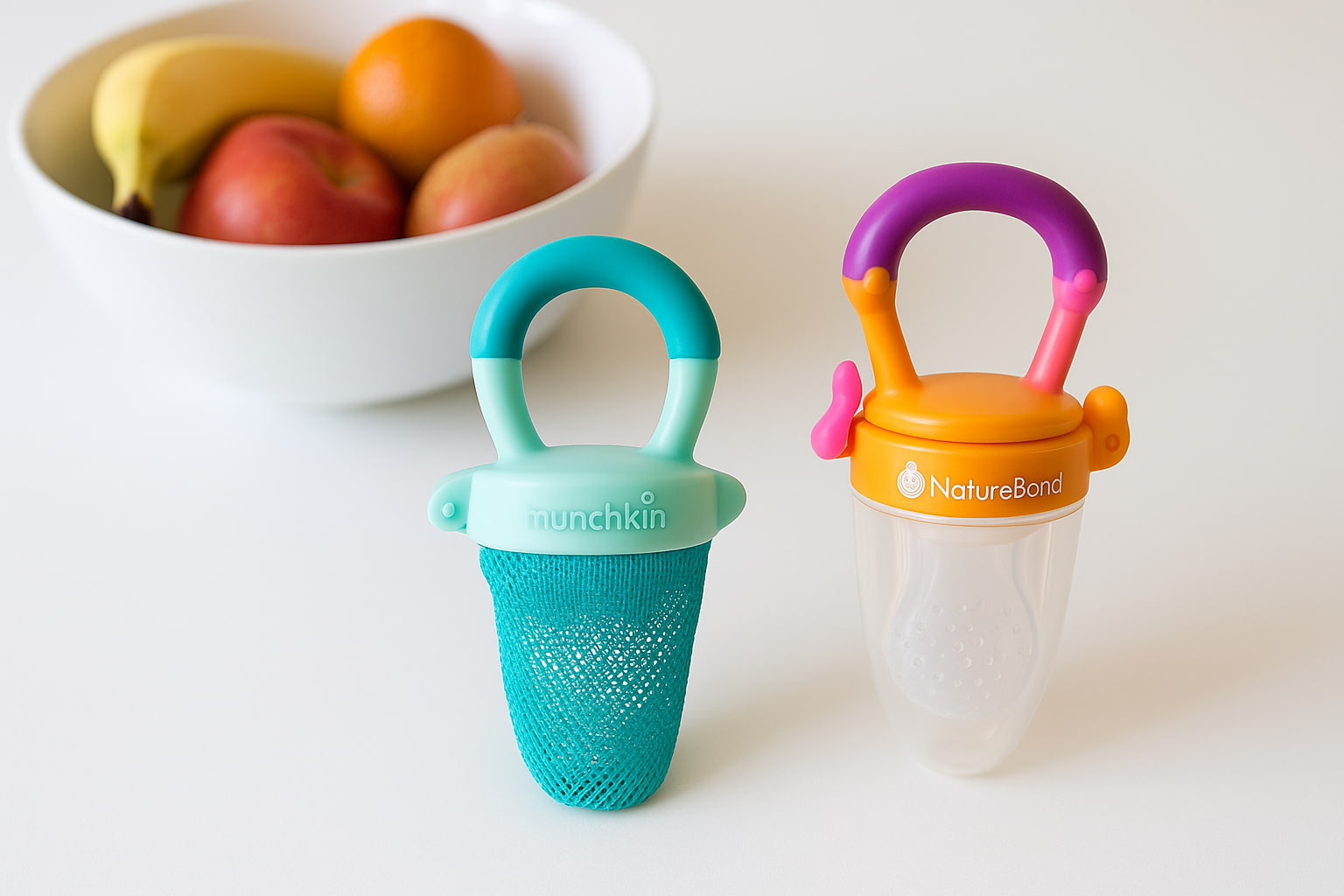👶 Why Parents Compare Convertible Car Seats vs Booster Seats
Choosing the right car seat can feel overwhelming. Parents want safety, comfort, and value, but each seat type promises something different. This is where the choice between booster seats & convertible car seats begins.
Convertible seats let you carry your child from a baby to a toddler. They often allow rear-facing for longer, which pediatricians recommend. But they are heavier, harder to move, and can feel pricey up front. Boosters, on the other hand, are simple, light, and easier to switch between cars. Yet parents worry, are they as safe? And when is the right moment to begin with?
This decision isn’t just about buying a seat. It’s about peace of mind. It’s about knowing your child is both safe and comfortable every single ride. In this guide, we’ll walk through the key differences, what experts say, and how to decide which option fits your family best.
🛡️ What Is a Convertible Car Seat?
These seats adjust as your child grows, offering long use from baby to toddler. It works in both rear-facing and forward-facing modes, making it one of the most flexible options for parents. You can start using it when your baby is an infant, and then switch to forward-facing as your child gets bigger.
✅ Rear-facing mode: Safe for babies and toddlers, often up to 40–50 pounds.
✅ Forward-facing mode: For older toddlers and young kids, usually up to 65 pounds.
✔ Long-term value: One seat can last for many years, cutting down on repeat purchases.
✔ Great for families: Ideal if you want one seat that adapts to every stage.
Convertible car seats may feel bulky, but they give parents lasting safety and peace of mind through multiple stages of growth.
🎒 What Is a Booster Car Seat?
A booster seat is made for older children who have outgrown their convertible seat. Instead of using a built-in harness, a booster lifts your child so the car’s seat belt fits safely across their chest and lap. This helps protect them in a crash by keeping the belt in the right spot.
✔ Purpose: Boosters make sure the seat belt rests on strong bones, not the stomach or neck.
✔ Age range: Many kids switch between ages 4-8, depending on size and maturity.
✔ Weight/height: Most boosters work for children at least 40 pounds or 38 inches tall.
✔ Simplicity: They are light, easy to move, and quick to install.
Parents often choose a booster once their child is too big for a forward-facing convertible seat but not yet tall enough for the car’s seat belt alone.
📊 Key Differences Between Convertible Car Seats vs Booster Seats
Parents often compare convertible car seats vs booster seats because the two serve very different stages of a child’s growth. Both are designed with safety in mind, but the way they work and how long they last can vary a lot.
| Feature | Convertible Car Seat | Booster Car Seat |
| Safety | Built-in harness system, can be rear-facing or forward-facing | Uses the seat belt in the car to securely fasten the baby in place. |
| Age Fit | From infancy up to around 65 lbs | Older kids, usually ages 4–12 years |
| Comfort | Recline options, extra padding, more legroom | Lightweight, upright seating, less bulky |
| Cost | Higher upfront but lasts through more stages | Lower cost, but shorter use span |
Quick notes for parents:
🟢 Convertible seats are bulkier, but they grow with your child and save money over time.
🟢 Boosters are easier to carry, switch between cars, and are often more convenient for carpools.
🟢 Choosing depends on your child’s size, age, and your family’s lifestyle.
➡️ Uncertain whether it’s better to face forward or backward? Take a look at our complete guide on Rear-Facing vs Forward-Facing Car Seats to help you travel with confidence in 2025.
🦺 Safety Showdown: Which Protects Children Better?

Safety is the top reason parents compare seats. The way your baby stays in a seat has a significant impact in an accident. Convertible car seats offer rear-facing mode, which the AAP and NHTSA say is the safest way for young kids to ride. Rear-facing spreads the crash force across the back and head, lowering the chance of serious injury.
As children get older, booster seats enable them in properly fastening seat belts across their hips and shoulders. This keeps the belt from riding on the stomach or neck, which can be dangerous.
✅ Rear-facing in convertibles protects infants and toddlers best.
✅ Boosters are safer only once a child meets the height and weight limits.
✅ Experts agree: keep kids rear-facing in convertible seats as long as possible.
📏 Age, Height & Weight Guidelines for Both Seat Types
Knowing when to use each seat is important for safety. Convertible car seats are built to cover the early years. They start rear-facing for infants and then shift to forward-facing for toddlers. Most models hold children up to 65 pounds.
Booster seats are available for older children who need to strap up in a car. They make sure the belt sits across the chest and hips, not the neck or stomach. Many boosters work for children until they are 8–12 years old, or about 4’9” tall.
🔸 Keep kids rear-facing in a convertible until they hit the top height or weight limit.
🔸 If your child’s shoulders are higher than the top harness slots, it’s time to move on.
🔸 Wait until your child reaches all seat limits before moving to a booster.
📌 Quick Fact
Most kids need a booster until the adult seat belt fits right, often ages 8-12 or 4’9″ tall. See the NHTSA booster seat fit guide for details.
🛋️ Comfort & Space: Keeping Kids Happy on the Road
Comfort is a big deal for long rides. Convertible car seats often come with extra padding, deep recline settings, and more legroom in rear-facing mode. This helps babies nap and toddlers ride without fuss. Many also include cup holders and soft fabric covers, though the larger size can take up more room in small cars.
Booster seats are simpler. They sit upright, are less padded, and don’t recline. Kids who are older may not mind this because they enjoy sitting taller and having more freedom. Boosters usually offer cup holders too, but they feel less snug than convertibles.
✔ Convertibles give more padding and naps-on-the-go comfort.
✔ Boosters save space and keep older kids happy with freedom.
✔ Comfort often depends on your child’s age and your car size.
➡️ Curious about space and comfort for different travel setups? See our detailed guide on Infant Carriers vs Travel Systems to find which works best for your family.
🚗 Ease of Installation & Day-to-Day Convenience
Every parent knows how tricky car seat installs can be. Convertible car seats use the LATCH system or a seat belt path. This gives strong security, but the seats are heavy and may take longer to set up. Moving them between cars can feel like a workout. Cleaning can also be a challenge, since covers often need more effort to remove and wash.
Booster seats are much simpler. They don’t rely on LATCH in most cases. Instead, the car’s seat belt does the work. Boosters are lightweight, quick to transfer, and usually have covers that pop off with ease.
❌ Convertibles are secure but harder to move.
❌ Boosters are light, fast, and easier to clean.
❌ Busy parents may prefer the simplicity of a booster for daily use.
⭐ Parent-Favorite Convertible Car Seats Worth Considering
1. 🧸 Safety 1st Grow and Go All-in-One Slim Convertible Car Seat – A Space-Saving Choice
The Safety 1st Grow and Go offers a slim profile that saves space while covering three stages of growth. It can be used rear-facing, forward-facing, and later as a belt-positioning booster, making it a long-term option.
🍼 Why Parents Love It
✅ Slim design helps fit better in compact cars
✅ Grows with your child from infancy to early years
✅ Easy-to-remove, washable seat pad
✅ Affordable price point for its versatility
💡 Thinking About It?
Perfect for families who want one seat to last through multiple stages without breaking the budget.
2. 🧸 Graco Extend2Fit Convertible Baby Car Seat – Rear-Facing That Lasts Longer
The Graco Extend2Fit is designed for extended rear-facing, keeping kids safer for longer. It includes a 4-position extension panel that adds extra legroom, making rides more comfortable as children grow.
🍼 Why Parents Love It
✅ Allows rear-facing up to 50 pounds
✅ Highly rated for safety and crash protection
✅ Extra legroom with extension panel
✅ Plush padding for added comfort
💡 Thinking About It?
Best for parents who want maximum rear-facing safety without sacrificing comfort as their child grows.
⭐ Trusted Booster Seats Parents Recommend
1. 🧸 Graco TurboBooster 2.0 Highback Booster Car Seat – Lightweight & Comfy
The Graco TurboBooster 2.0 is a parent favorite for its light build and easy portability. With plush padding and a supportive highback, it keeps kids comfortable while making travel simple for families on the go.
🍼 Why Parents Love It
✅ Lightweight design, easy to move between cars
✅ Comfortable padding for longer rides
✅ Adjustable headrest grows with your child
✅ Cup holders for drinks and snacks
💡 Thinking About It?
Perfect for families needing a booster that’s comfy for kids and hassle-free for busy parents.
2. 🧸 Graco Tranzitions 3-in-1 Harness Booster Car Seat – A Seat That Grows with Kids
The Graco Tranzitions 3-in-1 offers three modes: harness, highback, and backless booster. Its slim frame fits well in most vehicles, giving parents a flexible and long-lasting option.
🍼 Why Parents Love It
✅ 3-in-1 design adds value and longevity
✅ Great fit for growing kids over many years
✅ Lightweight and easy to transfer
✅ Strong safety ratings for peace of mind
💡 Thinking About It?
Ideal for parents who want a single booster that adapts to every growth stage.
💵 Cost & Long-Term Value: Which Seat Saves Money?
Parents often weigh cost when choosing a car seat. Convertible car seats usually cost more up front, but they can last for years, covering rear-facing, forward-facing, and sometimes even booster mode. Booster seats, on the other hand, are usually cheaper, but kids often outgrow them faster and may need another upgrade later.
🔹 Convertible car seats: higher price, but serve for multiple stages.
🔹 Booster seats: lower price, but shorter use window.
✔ Over time, a convertible may save money by replacing the need for extra seats.
✔ Families on a tighter budget might still prefer boosters for older kids.
Thinking long-term, convertibles are more of an investment, while boosters are a quick, affordable option for the right age group.
➡️ Curious if an extra base is worth the money? Check our Car Seat Base Guide 2025 to see when parents really need one.
🧑⚕️Pediatrician & Safety Expert Recommendations
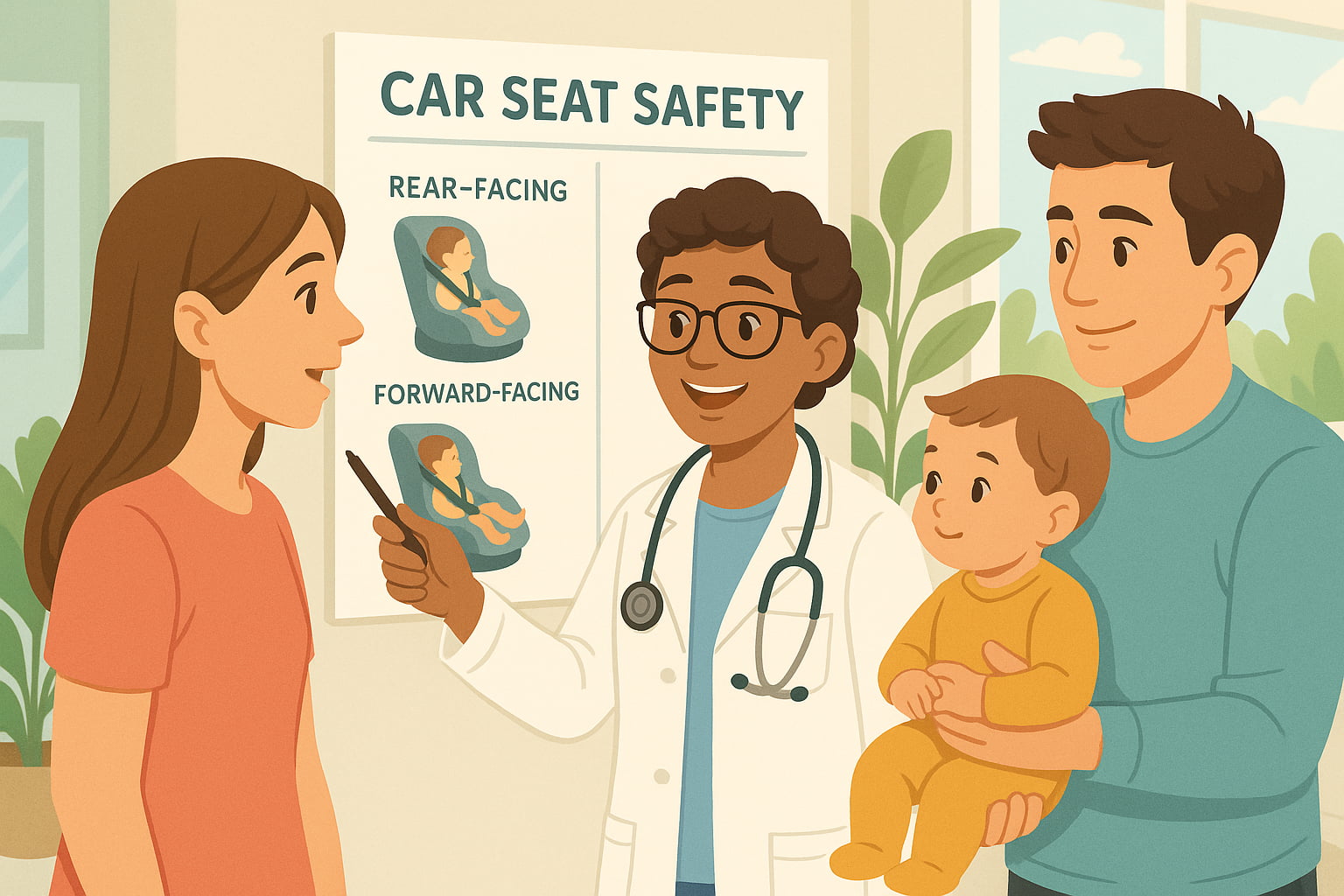
Doctors and safety experts agree that keeping kids rear-facing as long as possible gives them the best protection. Both the AAP (American Academy of Pediatrics) and NHTSA (National Highway Traffic Safety Administration) stress that seat choice should match age, weight, and height, not just age alone.
🔹 AAP says: Keep children rear-facing until at least age 2, and longer if they still fit by size.
🔹 NHTSA advises parents to always follow car seat limits on weight and height before moving to the next stage.
🔹 Pediatricians warn that rushing to boosters too early can reduce crash safety.
🔹 Experts agree: Convertible seats should be used until a child fully outgrows them.
By following these guidelines, parents give their kids the safest ride possible.
➡️ For expert-approved insights, check our latest piece on What Pediatricians Say About Car Safety in 2025.
📦 Product Recap: Quick Look at All 4 Recommended Seats
Here’s a fast recap of the top picks so you can compare with ease:
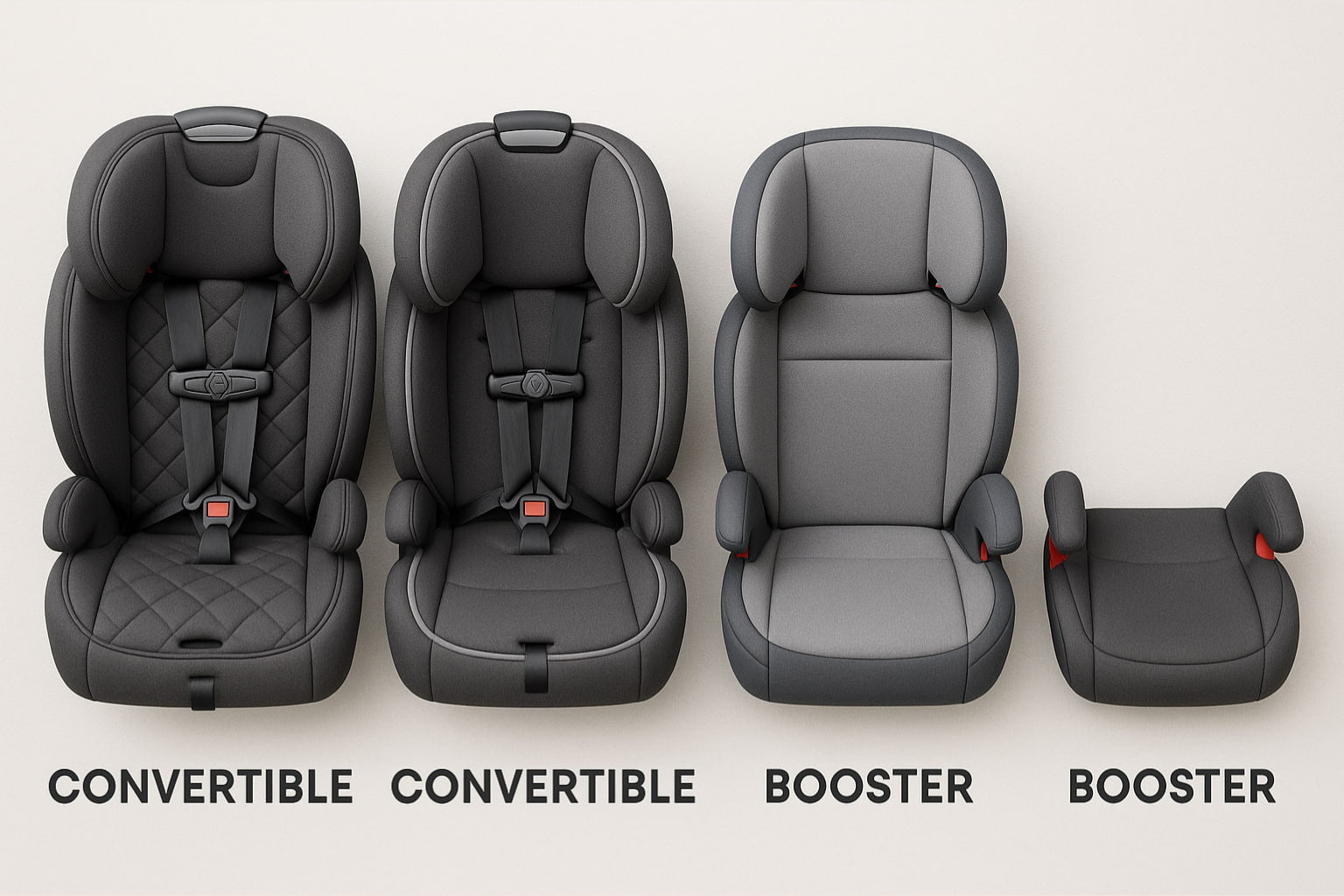
Convertible Car Seats
🔹 Safety 1st Grow and Go All-in-One – Slim fit, grows with your child, budget-friendly. Best for parents needing one seat for years, though installation can feel bulky.
🔹 Graco Extend2Fit – Strong safety ratings and extended rear-facing up to 50 lbs. Slightly heavy, but worth it for long-term safety.
Booster Seats
🔹 Graco TurboBooster 2.0 Highback – Lightweight, comfy padding, easy to move between cars. Less flexible than a convertible, but simple for big kids.
🔹 Graco Tranzitions 3-in-1 – Works as a harness, highback, or backless booster. Long-lasting pick, though straps may need patience at first.
This recap makes it simple to spot the best fit for your family’s stage.
🏆 Final Verdict: Convertible Car Seats vs Booster Seats
When it comes to Convertible Car Seats vs Booster Seats, there is no single “better” option, only the one that fits your child’s stage and your family’s lifestyle. Both seat types bring safety and comfort, but in different ways.
🟢 Convertible car seats: These are best for babies and toddlers who still need rear-facing protection. They grow with your child, giving years of use. But they are heavier, take more room, and are not as easy to move between cars.
🟢 Booster seats: These work well once your child has outgrown the harness. They lift kids up so the seat belt fits just right. Boosters are lightweight, easier to install, and often more affordable.
Parents should look at age, height, and weight before making the switch. The key is to use each seat until your child fully outgrows it. In the end, the safest choice is the one that matches your child’s needs today. You’re making the right step forward!
❓ FAQs About Convertible Car Seats vs Booster Seats
1: What is the main difference between a convertible car seat and a booster seat?
A convertible car seat can be used rear-facing for babies and then forward-facing for toddlers. A booster seat is for older kids who are ready to use the car’s seatbelt safely.
2: At what age should my child move from a convertible to a booster seat?
Most kids switch around 5–7 years old, once they meet the height and weight rules and can sit properly with a seatbelt.
3: Are convertible car seats safer than booster seats?
Both are safe when used correctly. A convertible car seat offers more protection for babies and toddlers, while boosters make sure big kids use the seatbelt the right way.
4: Can I skip the booster and go straight to the seatbelt?
❌ No. A seatbelt alone doesn’t fit smaller kids correctly. Boosters keep them safe until they’re tall enough (usually 4’9”).
⚠️ Affiliate Disclaimer
This article may contain affiliate links. If you buy through these links, we may earn a small commission at no extra cost to you. This helps us keep sharing trusted parenting advice.
✍️ Byline
Written by the Find For Baby Team – Every guide we publish is built with research, expert insights, and a parent-first mindset, so you can feel confident every step of the way.
